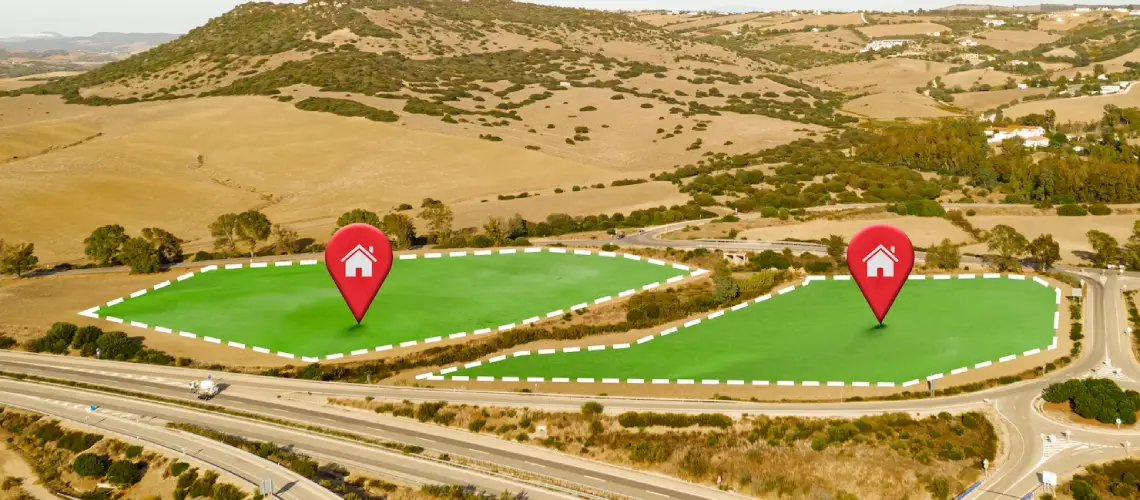Rural properties have traditionally been more difficult to assess than urban homes due to their size, location, and unique characteristics. However, technology is changing that. With the rise of digital tools, satellite imagery, and advanced data analytics, rural property assessments are becoming faster, more accurate, and easier to complete. A professional tech-driven property valuation ensures that buyers, sellers, and investors in regional areas receive accurate insights to guide their decisions.
How Technology Is Transforming Rural Valuations
Satellite and Drone Technology
High-resolution aerial imagery allows valuers to assess land boundaries, infrastructure, and terrain remotely, improving accuracy in rural assessments.
Big Data and Market Analysis
Tech platforms aggregate sales, rental yields, and demographic trends across regional areas, providing richer insights than ever before.
AI and Predictive Modelling
Artificial intelligence identifies value trends in rural markets, even when comparable sales are limited, helping forecast future growth potential.
Digital Reporting Tools
Cloud-based systems speed up report generation, making valuation documents accessible to clients in real time.
Benefits of Tech-Driven Property Valuation
- Accuracy: More data points mean better-informed assessments
- Efficiency: Reduces time needed for site visits and reporting
- Accessibility: Provides property owners in remote areas with quicker results
- Forecasting: Predicts long-term value trends to support investment strategies
Why Rural Properties Benefit Most
Unlike city properties, rural assets often lack consistent comparable sales data. Tech solutions fill this gap by analysing broader regional trends and supplementing limited sales evidence with predictive insights. This makes a tech-driven property valuation particularly valuable for farms, lifestyle properties, and large rural estates.
Local Relevance in Tasmania
In Tasmania, rural land plays a key role in agriculture and lifestyle markets. Technology helps valuers account for unique factors like land use potential, environmental risks, and regional growth, ensuring valuations are precise and relevant to local conditions.
Conclusion
Technology is transforming the way rural properties are assessed, making valuations faster, more reliable, and more accessible. A professional tech-driven property valuation combines innovative tools with expert local knowledge, giving property owners and investors the clarity they need in regional markets.
As digital solutions continue to evolve, rural valuations will only become more efficient, accurate, and essential for confident decision-making.
